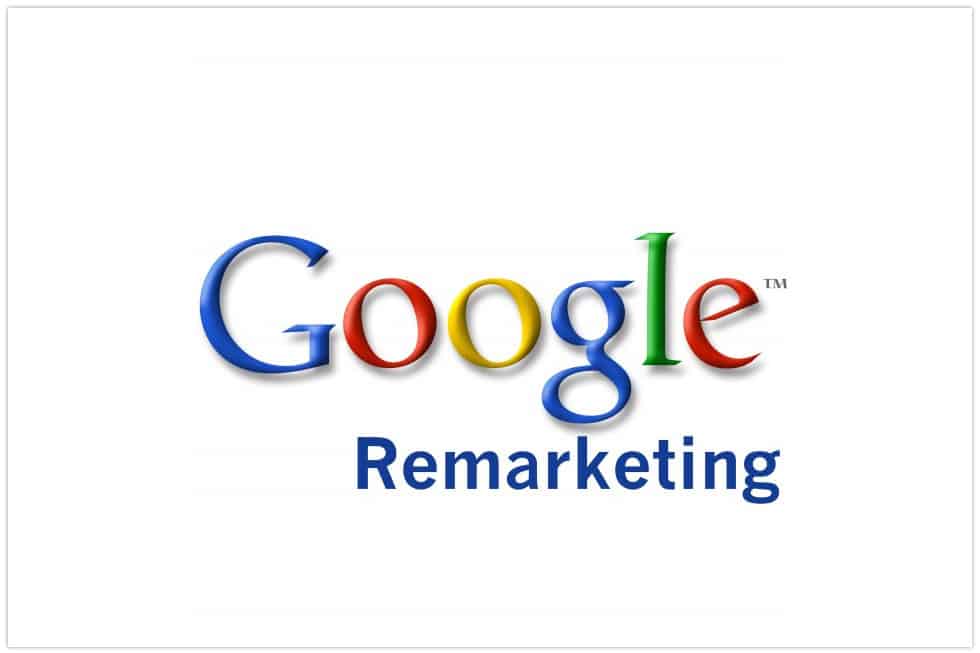
One of the biggest digital advertising mistakes is failing to re-engage visitors who leave your site without making purchases. Remarketing allows you to expand your reach by putting your brand and products in front of shoppers when and where they are most likely to buy.
We often meet clients who are either running, or want to run a limited digital ad campaign that focuses on PPC or Product Listing Ads only. The goal is usually to keep costs low and test the waters. While desire to keep budgets to a minimum is understandable, what many don’t realize is by limiting efforts to a single channel, they are also reducing their ability to re-engage would-be shoppers and strengthen brand identity.
Most online shoppers are very selective about who they buy from, and will do their homework before making purchases. This means your online product catalog is often scanned like a store window and your products and prices are being compared to your competitors. As we’ve all experienced, shopping online can be exhausting, and often requires visiting a site several times to view product descriptions, images, reviews, shipping info and more.
Unless you’re a name brand, you can’t rely on all visitors remembering your brand name or website URL. This means once a visitors leaves your website, there’s a high probability they will not return, even if they’ve previously placed items in their carts and were a few clicks away from buying.
So How Do You Reach Visitors That Bounce?
The most effective method of reminding visitors of who you are, what you sell and what products they recently viewed or placed in their carts before leaving your website, is via Google Remarketing Ads.
Remarketing is a form of Google Display Advertising that allows you to serve image ads in various sizes on websites in the Google Display network. Ads can be served to general site visitors (e.g. anyone who lands on the Homepage), or to those who view individual product pages or place items in their carts.
A more targeted form of Remarketing called Dynamic Remarketing serves ads showing the most recent products a visitor has viewed on your website. The ads are “dynamically” generated using images and product info on your site, which means you don’t have to design unique ads for each product or category.
How Remarketing Works

Top 5 reasons you should always run Remarketing campaigns and paid search campaigns concurrently:
1. Nearly 70% of shoppers abandon their carts
A recent study conducted by the Bayard Institute revealed that 68.53% of shoppers abandon their carts. This figure is an average taken from 31 independent studies conducted by marketing experts like Listrak and IBM.
This staggering abandonment rate proves it’s vital to find a way to re-engage visitors after they leave your website.
2. Brand recognition is everything
For users who do not place items in their carts but have browsed your Home or Category pages, it’s important to reach out post-visit to remind them of who you are. Unless you’re Nike or Nordstrom, it’s easy to be forgotten about.
Since Remarketing is a form if Display Advertising, and Display is known to convert at a much lower rate when compared to PPC, you can think of Remarketing largely as a means of reinforcing your brand.
The more a person sees your logo, your products and your brand message, the more likely they are to remember you, and re-visit your website.
3. Out of sight, out of mind
Online shoppers can be fickle and may visit dozens of sites in a single browsing session, in search of something that grabs their attention. Often they are comparison shopping, bargain hunting or looking for something fresh and new.
Sometimes the brand that makes the sale is the one a user sees frequently enough to register in their memory bank. If you’re not putting your brand in people’s line of site, they probably aren’t thinking about you.
There’s a classic direct mail statistic claiming it takes 5-7 views of a flyer to entice a customer to pick up the phone and call. There’s also strong evidence of this philosophy translating to the web, which means you must show your ad repeatedly in order to entice clicks or direct site visits.
4. Become a part of shopper’s daily rituals
Remarketing allows your brand to become integrated with your audience’s daily life, rather than expecting them to stop everything and come to you.
Forms of advertising like SEO and PPC rely on users performing manual effort by opening a search engine, typing in a search term and sifting through results to find what they are looking for.
Remarketing, on the other hand, allows your brand to become a part of the ecosystem of common websites and apps your audience uses habitually on a daily basis.
Examples:
– A mobile remarketing ad is served on Spotify and seen by customers using their phones to listen to music while at the gym.
– A desktop ad is shown on several popular news sites and seen by customers who read news headlines every morning while having their coffee.
5. It’s hyper targeted
The beauty of advertising on Google, is the ability to set up hyper targeted campaigns that deliver ads only to people likely to be interested in your products. Want to target middle-aged men with yearly incomes over $150,000, who frequent the Huffington Post? No problem.
The more targeted your ads are, the better chance you have at driving clicks and conversions.
Let`s Get
In Touch
Contact us today for a free consultation
and cost estimate for
your project.
We work with companies in all
industries, big or small.
Give Us a Call: 786-529-6039
Services
©2024 FUZE DIGITAL INC. Ignite Your Brand™ | privacy





